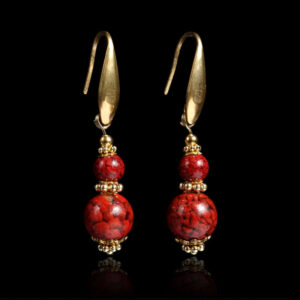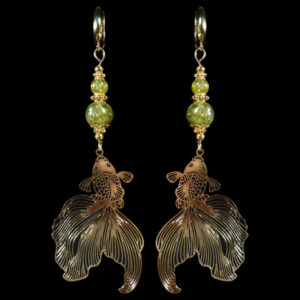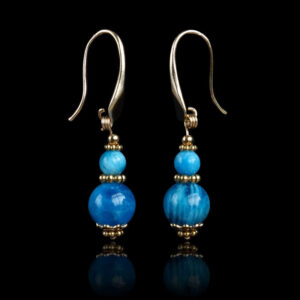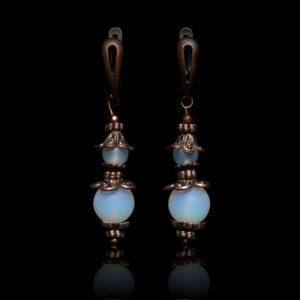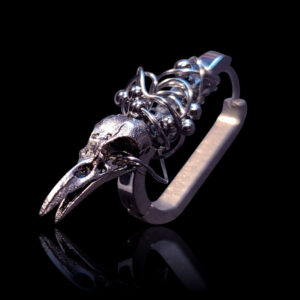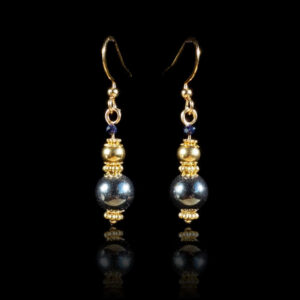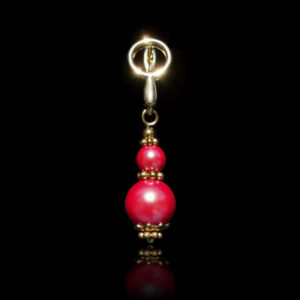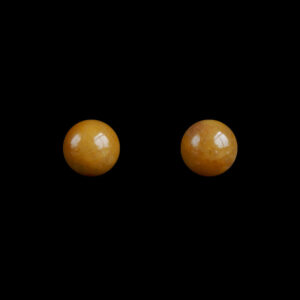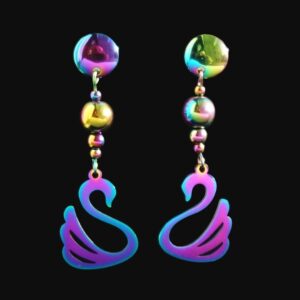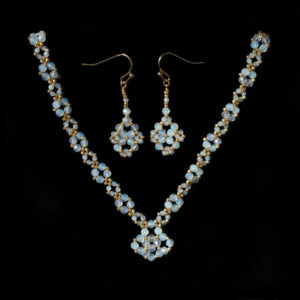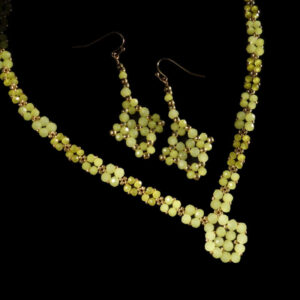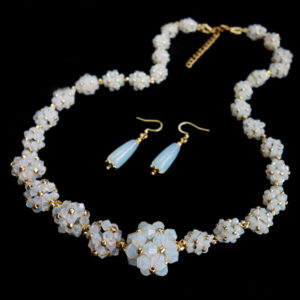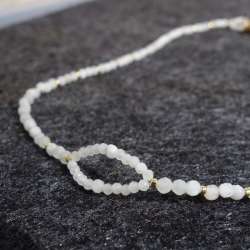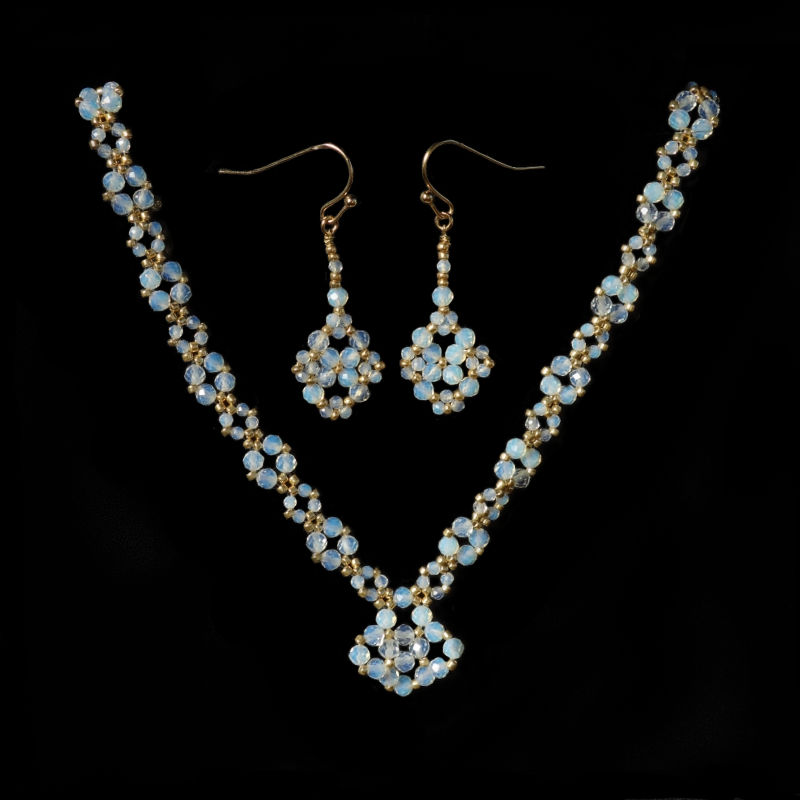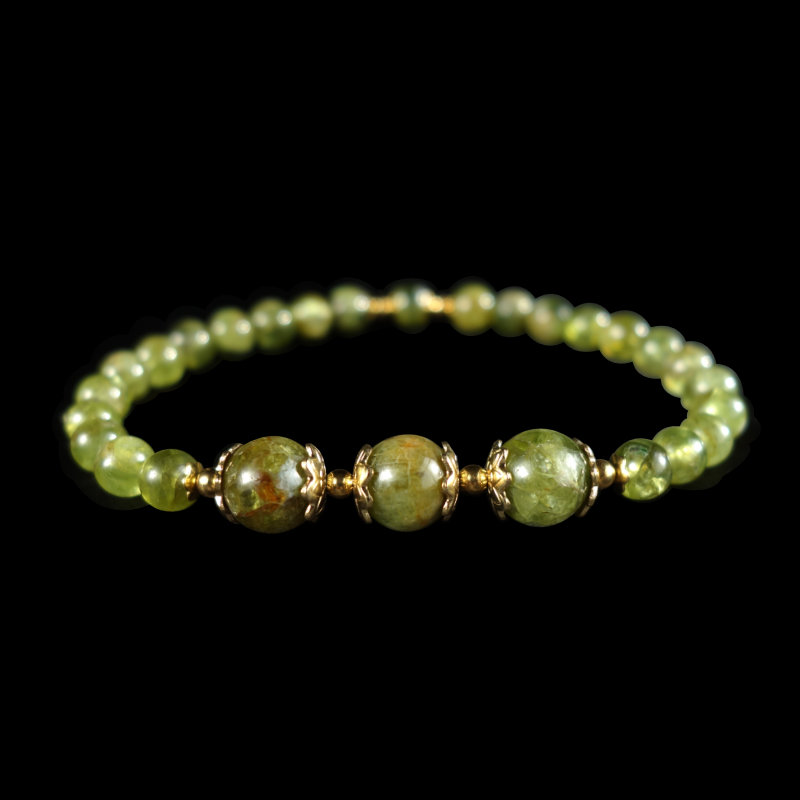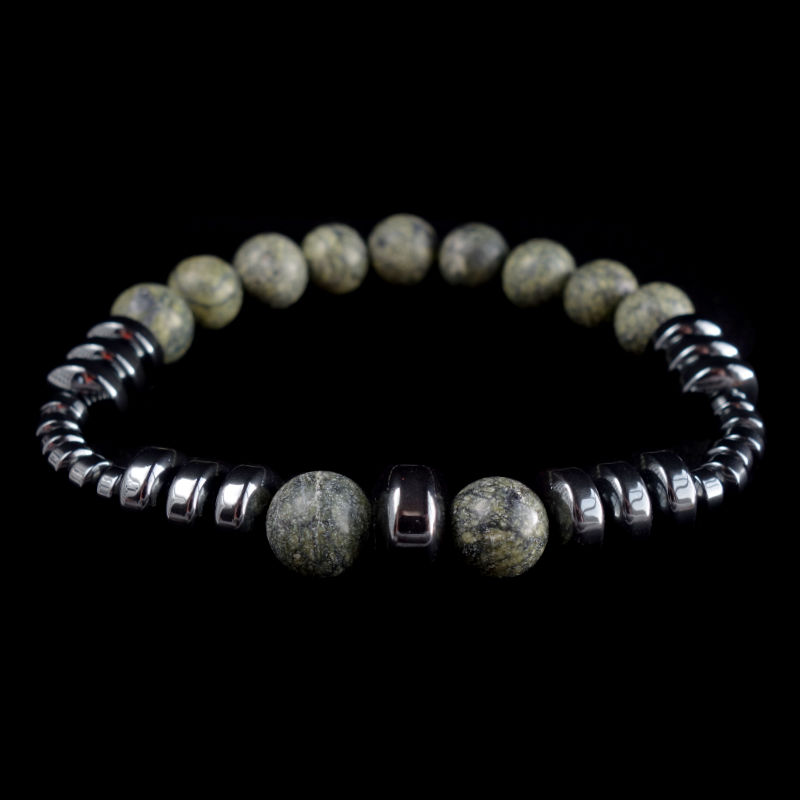Your cart is currently empty!
-
-
Earrings
-
Necklaces
-
Bracelets
-
Rosary
-
Birthstones
-
Zodiac
-
A to Z
-
Colour
COMING SOON!
I am currently working on classic Rosary necklaces aka prayer beads with beautiful round semi-precious stone beads and PVD plated gold finish stainless steel beads, gold plated iron caps, original design centrepieces and crosses.
Centrepieces come with four design options: two Orthodox crosses, the messenger dove, and the Sacred Heart.
Currently I’m waiting on a shipment of Dyneema thread to make the cordage indestructible. Miyuki thread was too fragile, Cotton Mouliné is nice, but let’s try something even more robust.
Keep a look out for my new rosaries with fantastic stone beads such as Ruby, Peridot, Larimar, Tanzanite, Sapphire, Emerald, Diopside, Apatite, Agate, Onyx, Amethyst, Rose Quartz, Rhodonite, Amazonite, Turquoise, Jasper, Pyrite, Shell, Aventurine, Pietersite;


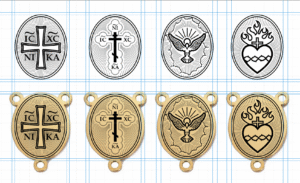
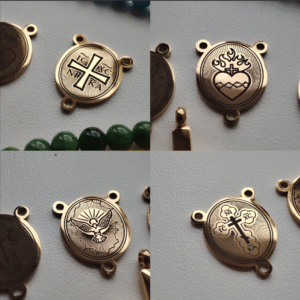


Semi-precious Gems
Silica/QUartz
Natural
Picture Jasper: Canvas of Eternal Vision
Zodiac Stone of Aquarius, Gemini & Virgo
Alternative Names: Landscape jasper, scenic jasper, earth’s story, desert canvas, painted stone.
Picture Jasper’s Origin Story:
Abras, archon of Deceit, wove Picture Jasper’s earthy scenes under Mercury’s false light to trap hearts in illusory tales. Its scenic bands were a hologram, draining vitality through mimicry of truth, convincing souls their vision was lost to the demiurge’s lies.
Norea, radiant storyteller, countered with Barbelo, Aeon of fullness, and Saint John Damascene’s poetic clarity. Their vision, a celestial tapestry, infused Picture Jasper with eternal light, aligning it with Earth’s honest heart. Its canvas now revealed truth, defying deceit.
Picture Jasper became a light-bearer’s scroll, wielding vision to reject mimicry. It urges a shift from deceit to good faith storytelling, embracing honest truth. Wearers guide souls to freedom, their stories a beacon, echoing Jasper’s balanced strength.
Cosmic Junction of Picture Jasper
Picture Jasper opens the third eye chakra’s buddhic body, where Deceit clouds truth. It sparks Reason (400/1000), choosing vision over lies—an Adlerian shift to good faith. Thriving in clarity, it fosters Peace (600/1000). Light-bearers wield Picture Jasper for eternal truth.
“We mimic truth, but good faith reveals the soul’s light.”
Find handmade Jasper Jewelry in
Oathfeed Aksessuaarikabinett
References:
Gemstone information source from Walter Schumann’s “Gemstones of the World” https://www.amazon.com/Gemstones-World-Newly-Revised-Fifth/dp/1454909536
Original stories by Silvi Simberg; inspired by Nag Hammadi Codixes, David Hawkins’ work on consciousness and enlightenment and Alfred Adler’s work on individual psychology.
Categories
Tags & Topics
Abel (1) Adonaios (6) Anger (150/1000) (2) Aphrodite (1) Astaphaios (7) Barabbas (2) Barbelo (7) Cain (1) Cassandra (1) Christos (10) Cosmic Radiance (1200/1000) (4) Courage (200/1000) (7) David (2) Desire (125/1000) (3) Dynamis (1) Earth (6) Elaios (4) Eleleth (1) Eloaios (5) Enkidu (5) Envy (125/1000) (2) Fear (100/1000) (3) Grief (75/1000) (2) Guilt (30/1000) (6) Harmozel (1) Hephaestus (1) Horaios (6) John the Baptist (2) Joy (540/1000) (10) Jupiter (14) Kalila-Oumbri (2) Lilith (1) Love (500/1000) (12) Mars (16) Mary (1) Mary Magdalene (2) Mercury (12) Miriam (2) Moon (5) Neptune (13) Nereon (4) Neutrality (250/1000) (2) Norea (51) Paraplex (1) Paredon Typhon (1) Peace (600/1000) (9) Pleroma (23) Pluto (4) Pride (175/1000) (2) Reason (400/1000) (5) Sabaoth (13) Saint Agnes (1) Saint Benedict (2) Saint Brigid of Ireland (3) Saint Catherine of Alexandria (2) Saint Clare of Assisi (4) Saint Ephrem the Syrian (2) Saint Francis of Assisi (2) Saint George (1) Saint Hildegard of Bingen (2) Saint Ignatius of Loyola (1) Saint Joan of Arc (2) Saint John Damascene (1) Saint Julian of Norwich (1) Saint Kateri Tekakwitha (1) Saint Macrina the Younger (1) Saint Marina the Monk (2) Saint Mary Magdalene (6) Saint Mary of Egypt (2) Saint Maximus the Confessor (1) Saint Michael (1) Saint Monica (2) Saint Nicholas (3) Saint Perpetua (3) Saint Seraphim of Sarov (2) Saint Syncletica of Alexandria (1) Saint Teresa of Lisieux (1) Saint Teresa of Ávila (3) Saint Thecla (5) Saint Theodosia of Constantinople (1) Saint Theophano (1) Saint Zita (2) Saturn (13) Seth (5) Shame (20/1000) (2) Sophia (4) Sun (12) Uranus (5) Venus (16) Vulcan (2) Willingness (310/1000) (7) Yaldabaoth (11) Yao (8) Zoe (19)

